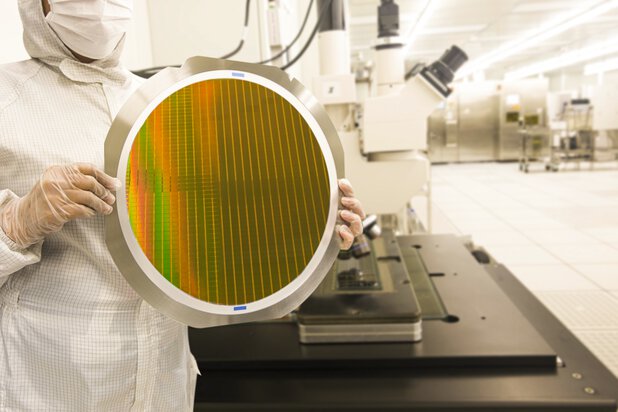

Thyristor power controllers TYA – industrial furnace control
How do thyristor power controllers work? What advantages do they bring in controlling heating loads in industrial furnaces? Where are they used? We answer these questions in the following post. Check it out!
How do thyristor controllers work?
Thyristor power switches offer a cost-effective supply solution for heating with electricity. They are DC powered and switch the supply voltage to the heating system or block it.
Phase power controller – construction
Power controllers work with thyristors, which are small components consisting of four layers of material, every second of which is a conductor.
Heating element control
These devices control the electrical power for the heating elements in proportion to the power required by the temperature controller. To change the power, they switch the mains voltage only momentarily to the heating elements, respectively to the load. Depending on the configuration, they can operate in two modes - pulse control and phase angle control.
Pulse control
Power controllers often operate in pulse control mode. It is considered to be relatively trouble-free and should be used whenever possible.
In this operating mode, full sinusoids of the mains voltage are switched to the load or blocked. During the control process, mains voltage fluctuations do not affect the controlled device. Voltage switched controls turn on and off proportionally each full cycle of the power line cycle.
If, for example, a temperature controller requires 50% output power, only half of the full mains voltage waveforms are switched to the load. With a required output ratio of 33%, only one third of the full mains voltage waves are switched
Phase angle control
In phase angle control, only a portion of each half-wave of the main voltage is switched. Controllers proportionally turn on a percentage of each power line half cycle. The main reason for using phase angle control is the required current limitation for heating elements with very low resistance. This mode is associated with a large amount of harmonic interference and reactive power generation.

From top: Pulse control and phase control with thyristor controller
Scr temperature controller – applications
Thyristor power controllers are used wherever there is a need to combine high voltages of a resistive-inductive nature, such as in industrial furnaces or the plastics industry.
These power controllers are used in applications such as:
-
dryers
-
industrial furnaces for such applications as baking, annealing, smelting and soldering
-
glass production
-
plastics processing
-
spring winding
-
welding
-
injection moulding machines
-
extruders
-
air conditioners

Thyristor power controllers are used to control heating loads in annealing furnaces, among other applications.
JUMO thyristor power controllers
JUMO thyristor power controllers of the TYA series will help to ensure constant output power. They feature current limiting and optional control algorithms. They are suitable for resistive and resistive-inductive loads and for controlling high-temperature heating elements made of silicon carbide or molybdenum disilicide. However, for these specific applications we particularly recommend the electronic transformer IPC 300.
Our product range includes:
-
JUMO TYA 201 - single-phase thyristor heater controller
-
JUMO TYA 202 - 3-phase power controller for economical three-phase systems
-
JUMO TYA 203 - 3-phase thyristor controller for heater. It enables the commissioning of three-phase loads in three-phase networks in all operating modes and simultaneous detection of partial load faults.
Advantages of thyristor power controller
The system determines the overall process performance and regulates the individual performance of the power controllers to prevent the system from exceeding predefined current limits. This avoids energy peaks and reduces power supply costs.
In summary, the main advantages are:
-
safe operation of heating elements
-
energy management reduces peak loads in the system
-
reduced operating costs
-
automatic setting of alarm limits to detect partial load failures
-
overview of energy consumption
- ${title}${badge}

